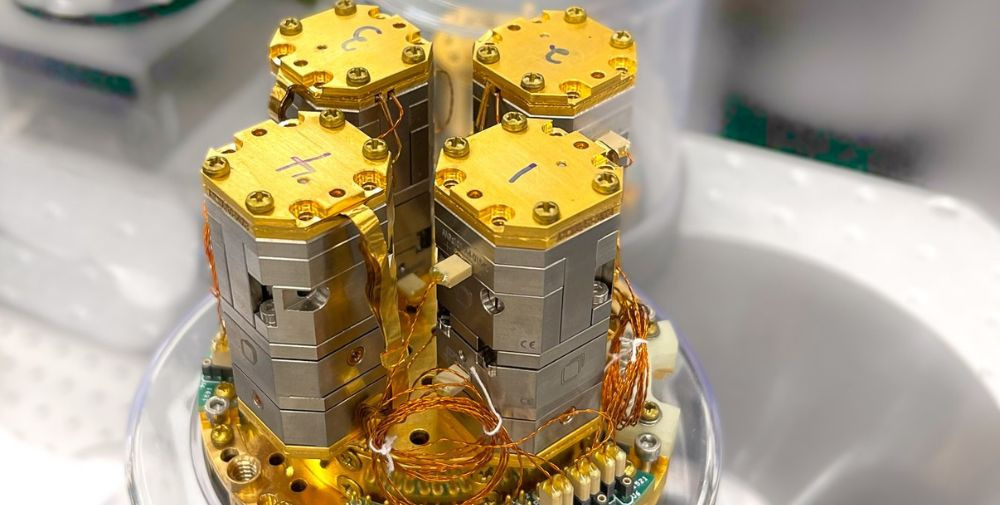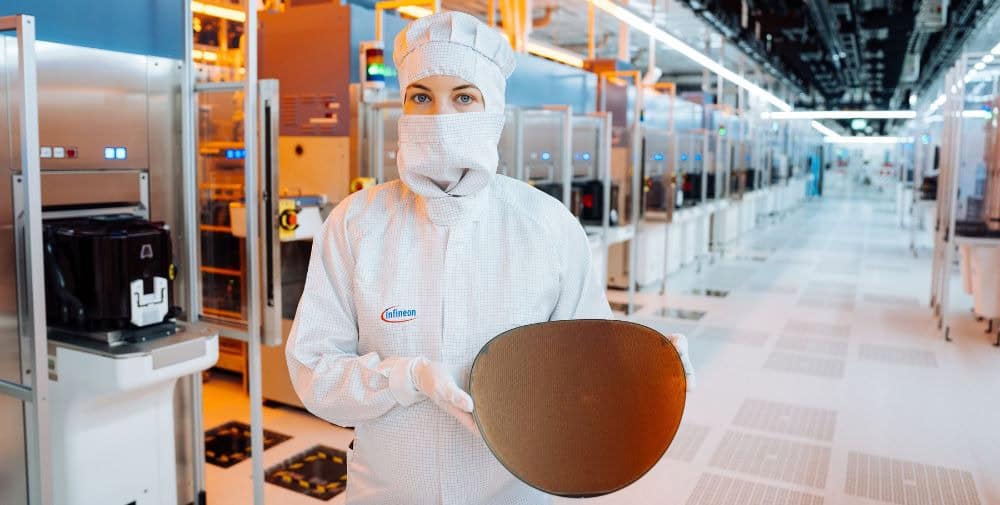
Electronics that operate at low temperatures are commonly referred to as cryogenic electronics. Their importance has increased significantly in recent years due to interest in the development of quantum computing technologies, as well as for use in other areas, e.g. in space. In quantum technologies, it is often necessary to cool the quantum bits to cryogenic temperatures to improve their stability. It is therefore important to develop electronic components that can operate at such low temperatures to ensure reliable performance of future quantum computing systems.
The Fraunhofer Institute for Photonic Microsystems IPMS in Dresden and the Max Planck Institute of Microstructure Physics (MSP) in Halle have been working together since the beginning of the year in the project “CONDOR – Superconducting spintronic devices for cryogenic electronics”. The cooperation program combines the excellent material and device expertise and the deep understanding of spin-based phenomena in the group of Prof. Stuart Parkin at the Max Planck Institute with the application-oriented research and infrastructure capacities of the Fraunhofer IPMS. The novel cryogenic components to be developed in the three-year project will enable superconducting energy-efficient electronics for superconducting computer systems as well as for integration into future quantum computing systems.
Prof. Dr. Stuart Parkin from the Max Planck Institute describes: “The project leverages the expertise in spintronic and superconducting materials and devices at our Institute of Microstructure Physics. This is complemented by the logic, memory and integration expertise on 300 mm wafer scale at Fraunhofer IPMS.” Dr. Benjamin Lilienthal-Uhlig from Fraunhofer IPMS adds: “Fraunhofer IPMS and the Max Planck Institute of Microstructure Physics have already successfully collaborated on the RASCAL project, which developed novel spintronic memory devices that operate at room temperature. These results form an important part of the CONDOR project.”
The project aims to develop a novel superconducting transistor that can be used in cryogenic logic and memory devices. The transistor is formed from a narrow superconducting wire to which a gate voltage is applied. The project will first decipher the cause of superconductivity suppression in such nanowires and then develop superconducting field-effect transistors in both lateral and vertical geometries that operate at CMOS-compatible voltages. Finally, these cryogenic transistors will be used both as logic elements and as switches to access magnetic memory elements to enable cryogenic non-volatile memories with low power consumption. The memory devices are MTJs (magnetic tunnel junctions), which are specially developed for operation at low temperatures. These novel cryogenic logic and memory devices will thus enable cryogenic electronic chips that utilize superconducting materials and phenomena.
The end of the project is the realization of components based on superconducting low-energy electronics that can be used at wafer scale for superconducting computing systems as well as for future quantum computing systems.
About Fraunhofer IPMS
The Fraunhofer Institute for Photonic Microsystems IPMS is a leader in applied research and development in the fields of intelligent industrial solutions, medical technology and mobility. Fraunhofer IPMS works on electronic, mechanical and optical components and their integration into miniaturized devices and systems. Its services range from design and product development to pilot production in its own laboratories and clean rooms. With the Center Nanoelectronic Technologies (CNT), Fraunhofer IPMS offers applied research on 300 mm wafers for microchip producers, suppliers, device manufacturers and R&E partners.
About the Max Planck Institute of Microstructure Physics
CONDOR is located in the NISE (Nanosystems of Ions, Electrons and Spins) department. NISE has extensive experimental research programs that focus on novel, atomically produced materials with useful functionalities. Of particular interest are spintronic materials and devices, superconductors, topological metals and insulators, and superconducting spintronics, as well as devices and systems beyond CMOS, especially for neuromorphic and quantum computing technologies. NISE is involved in numerous collaborative research projects with academic and industrial partners from Germany and around the world (including Europe, North America and Asia). It has state-of-the-art experimental facilities, including a modern clean room, aberration-corrected transmission electron microscopy, a high-resolution 3D printer for complex 3D nanostructures and a wide range of measurement equipment for optical, magnetic and transport properties at temperatures above room temperature down to a few millikelvin.
Contact
Dr. Benjamin Lilienthal-Uhlig
Next Generation Computing (NGC)
Fraunhofer IPMS (Center Nanoelectronic Technologies CNT)
An der Bartlake 5
01109 Dresden, Germany
Phone +49 351 26 07-3064
– – – – –
Further links
👉 www.ipms.fraunhofer.de
Photo: Fraunhofer IPMS




